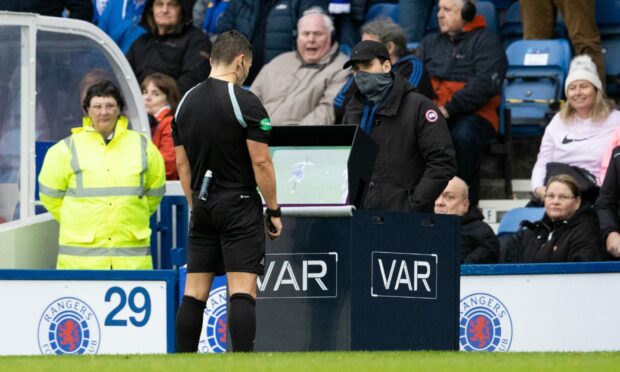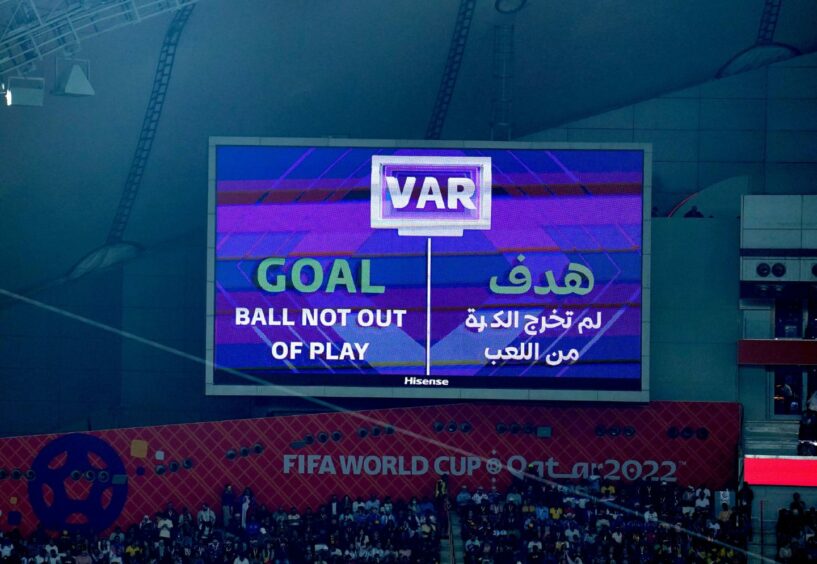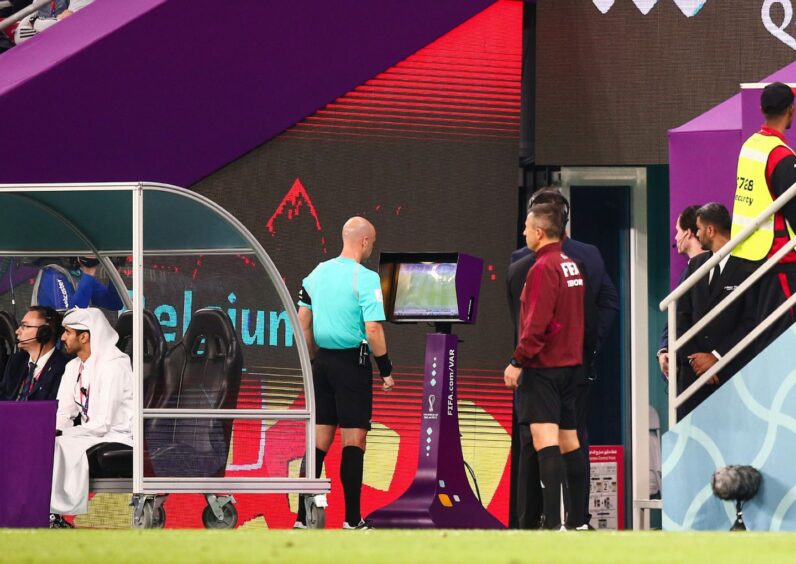It was with interest this week I read the assessment of Scottish FA chief executive Ian Maxwell that VAR “is working” following its introduction in the Premiership in October.
As I read through his comments, I could see why Ian felt entitled to make such a claim, and he believes the Association has the statistical analysis which backs that up.
He suggested that the number of correct decisions made over the 30 matches to have been exposed to the technology has risen in line with the statistics produced across the globe. As far as he is concerned, it has allowed officials to get more things right, and that was the main purpose of its introduction.
And he told BBC Scotland the software and technology being used is of a “gold standard” set-up.
All in all, it was an overtly bullish and robust defence of VAR’s short life in Scottish football, and perhaps that is to be expected from the man at the top. But I would hope that he, and others involved in its implementation, have not closed off their minds to the flaws and issues which have arisen.
It certainly has not been a trouble-free baptism, and, as fans, there have been a number of calls which have left many of us bewildered. While there may well have been more ‘correct’ decisions produced, there have also been some that have looked patently incorrect, chief among them the bizarre sending-off of Tony Watt, after a VAR review, which was then overturned on appeal.
Throw in a succession of handball ‘offences’ which have seemed dubious at best, and there is clearly still much work to be done.
The big talking point has been the proliferation of penalties. Prior to the brave new world of VAR there had been 17 awarded in 63 games. Since its introduction, the 30 matches in the Premiership have spawned 19 spot-kicks, a number of which have appeared ludicrous decisions.
Compare that with the World Cup Finals where, as the group stage, which consists of 48 ties, drew to a close, only 11 penalties had been awarded. I appreciate there might well be other factors, but I would suggest that the experience of the officials, much more used to deploying the technology, will have been a major one.
We certainly have not seen in Qatar the succession of debatable handballs deemed worthy to be penalised that we have suffered in the domestic game.
Ian Maxwell did concede that there has been a settling-in period, but he seemed oblivious to the view shared by plenty that there have been significant issues with its implementation.
I suggested a few weeks ago that the break for the World Cup might have come at an opportune moment, and was a chance for the authorities, and officials, to take stock and assess where VAR had worked, and more importantly, where it hadn’t.
I sincerely hope that has been the case, and that those involved haven’t simply been patting themselves on the back for a job well done.
Whatever the stats say, there is clearly plenty room for improvement.
Rangers’ risky appointment
Rangers have taken a huge gamble in appointing Michael Beale as the club’s new manager.
He built a strong reputation as a coach in Steven Gerrard’s back-up staff, seen by many as the tactical brains behind what success they achieved, but this is a whole new ball game, and it is fair to question whether Beale has what it takes.
His managerial experience extends to 22 matches.
He made a solid start as Queens Park Rangers boss, and was offered the vacant post at Wolves, which he turned down, but has overseen a dip in form and results more recently, and had it not been for his Ibrox past, would not have been considered by the Rangers board.
With a nine point deficit to make up, the league is all but gone. That might allow Beale some breathing space, time to reshape his squad, but he faces a demanding job, and it will be fascinating to see if can live up to the faith shown in him.




Conversation